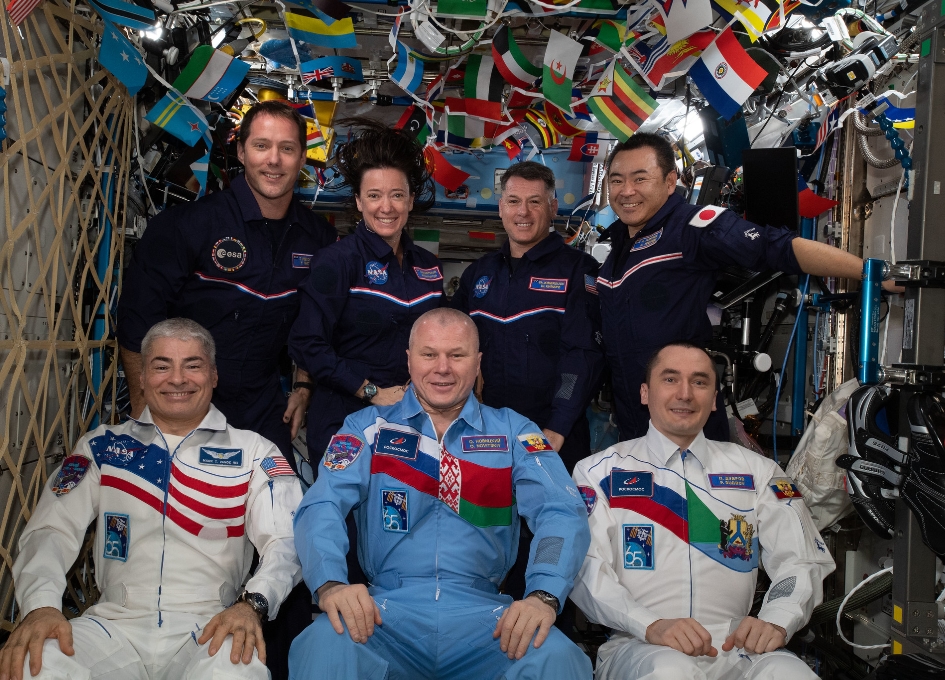
VASIMR
The Variable Specific Impulse Magnetoplasma Rocket is an electrothermal thruster under development for possible use in spacecraft propulsion. It uses radio waves to ionize and heat an inert propellant, forming a plasma, then a magnetic field to confine and accelerate the expanding plasma, generating thrust. It is a plasma propulsion engine, one of several types of spacecraft electric propulsion systems. The VASIMR method for heating plasma was originally developed during nuclear fusion research. VASIMR is intended to bridge the gap between high thrust, low specific impulse chemical rockets and low thrust, high specific impulse electric propulsion, but has not yet demonstrated high thrust. The VASIMR concept originated in 1977 with former NASA astronaut Franklin Chang Díaz, who has been developing the technology ever since.

